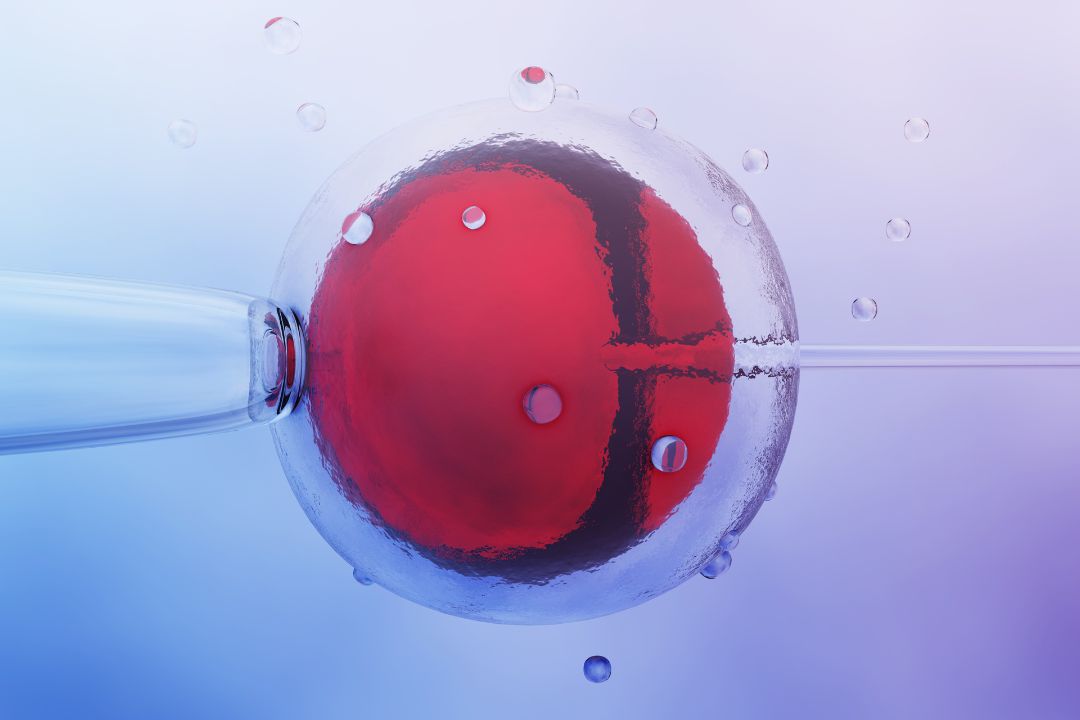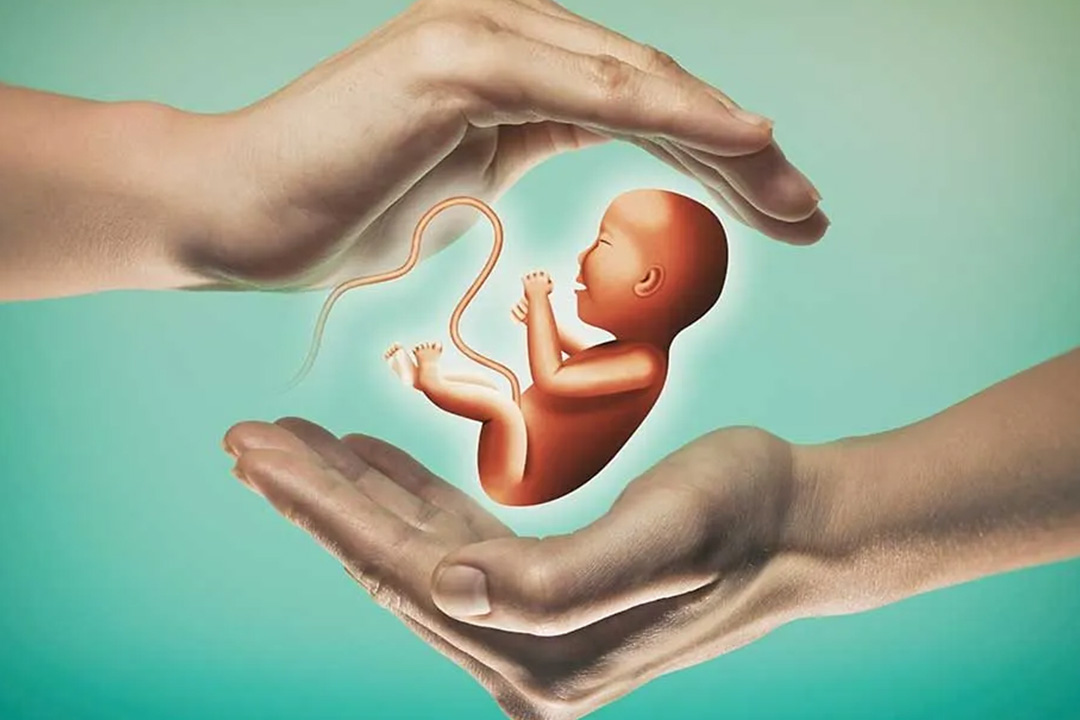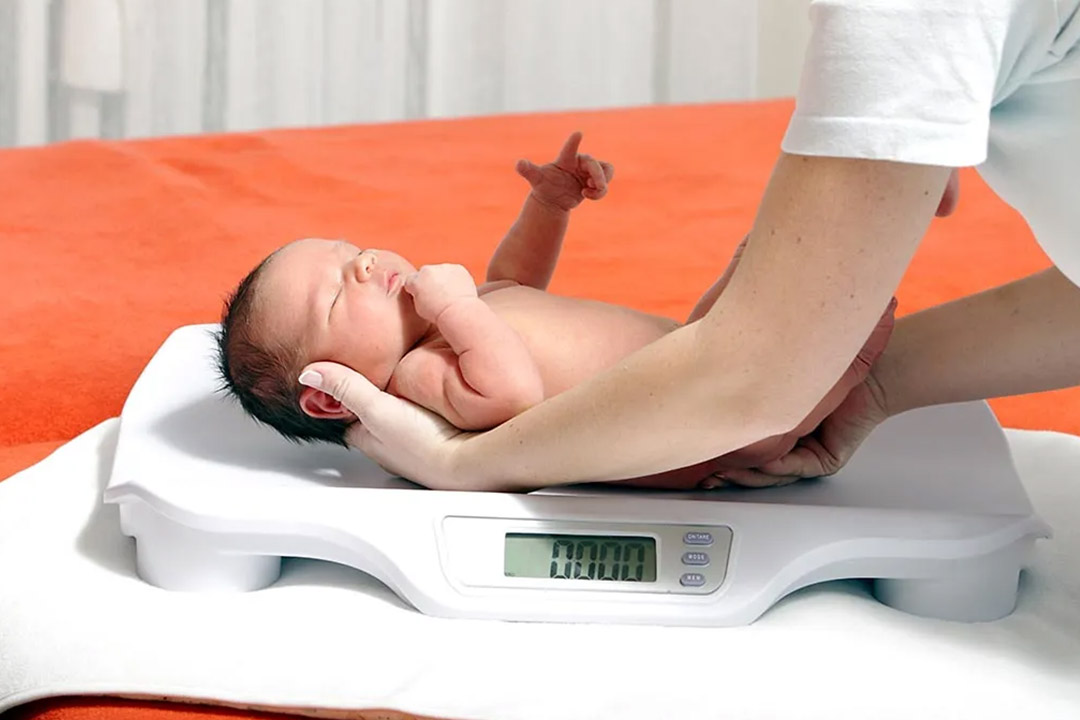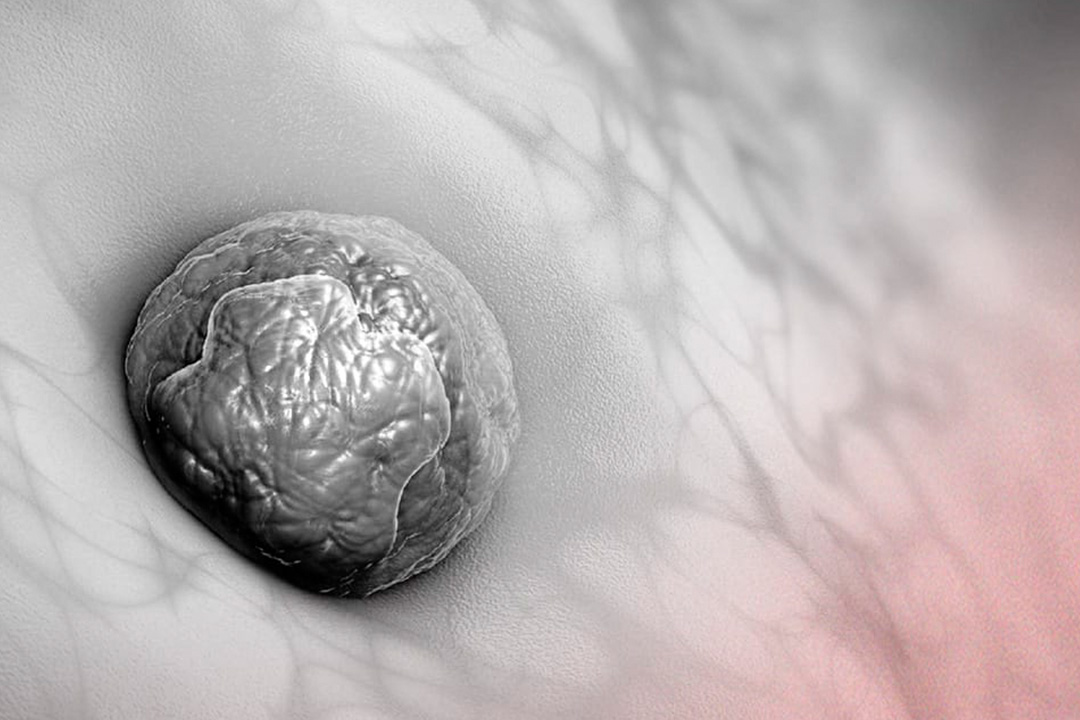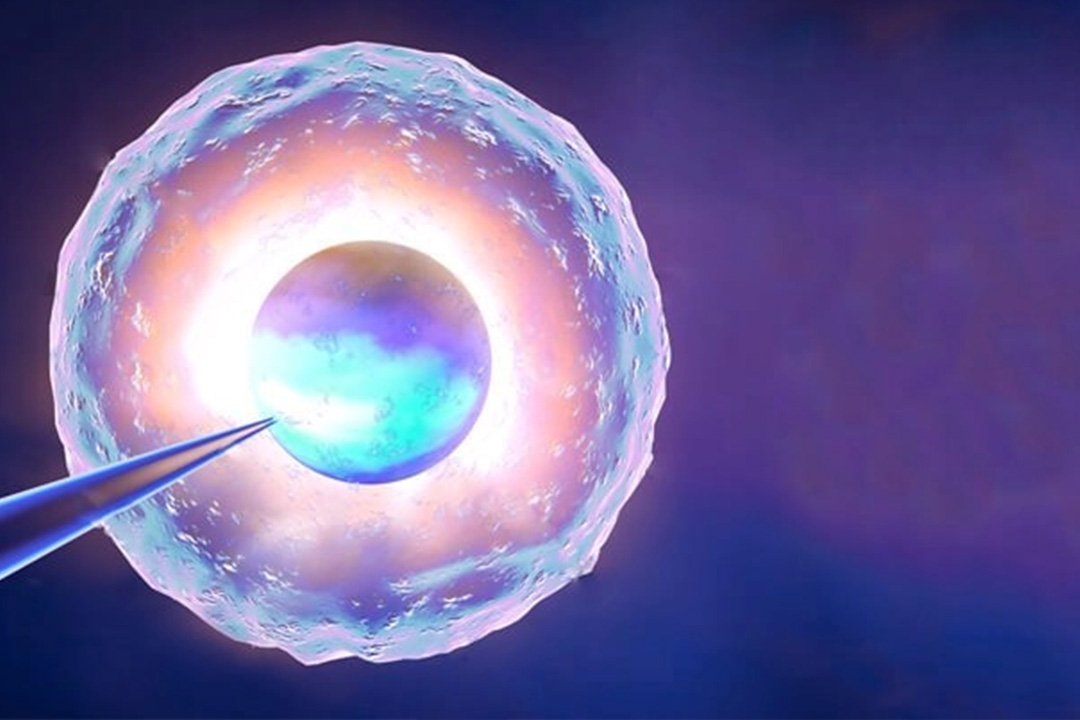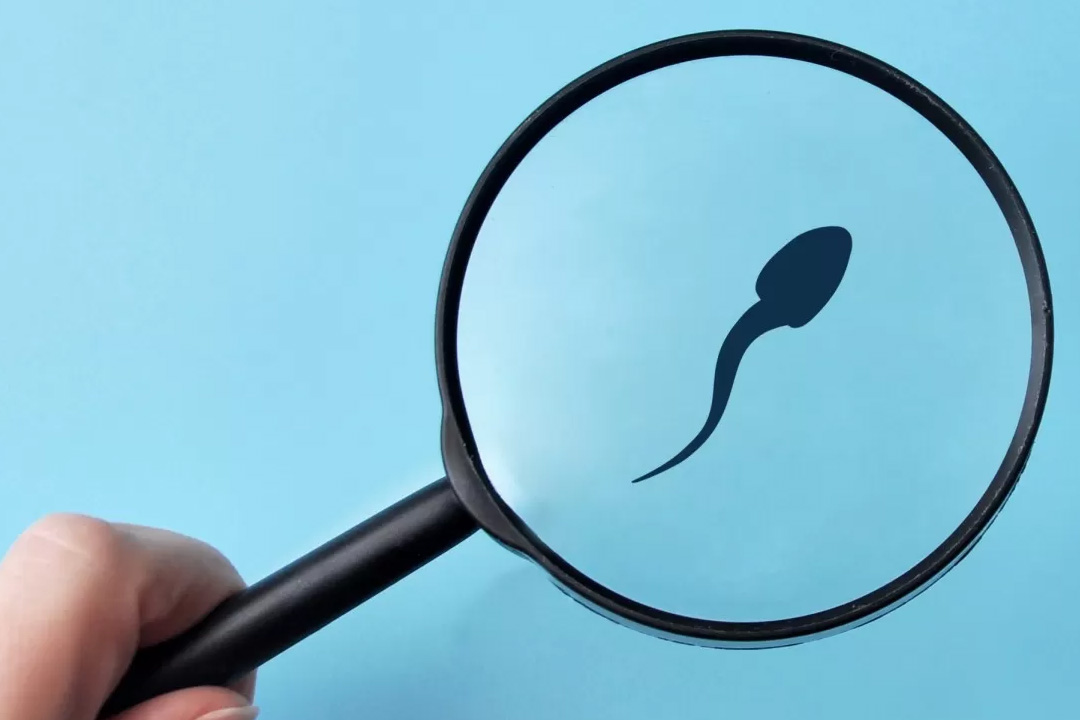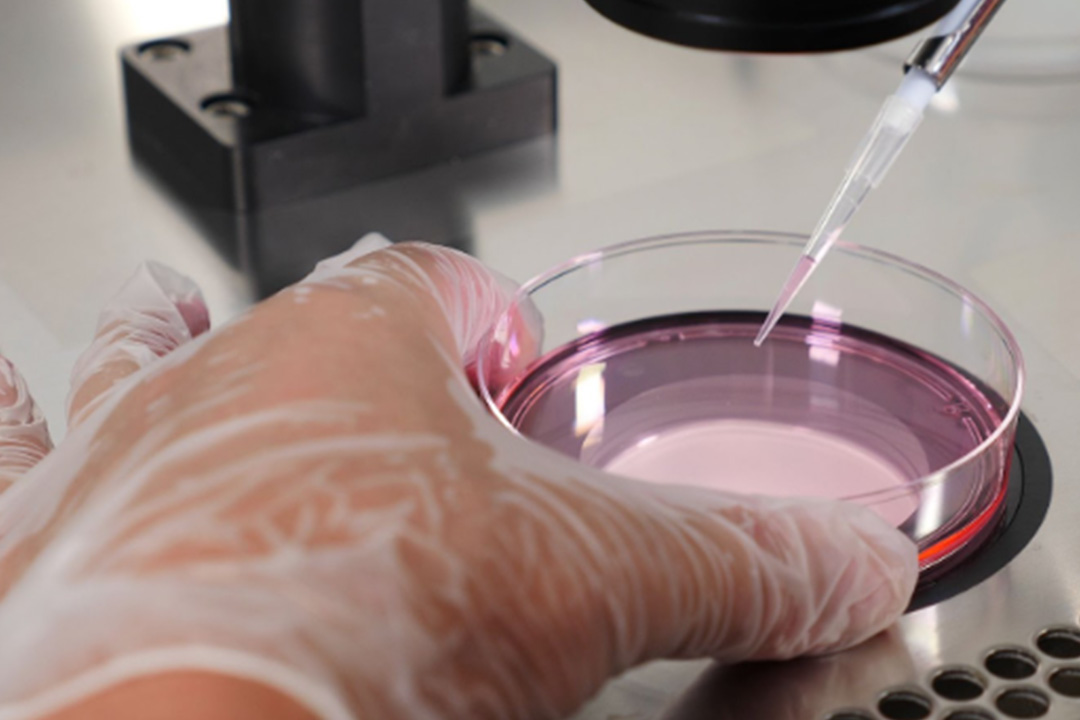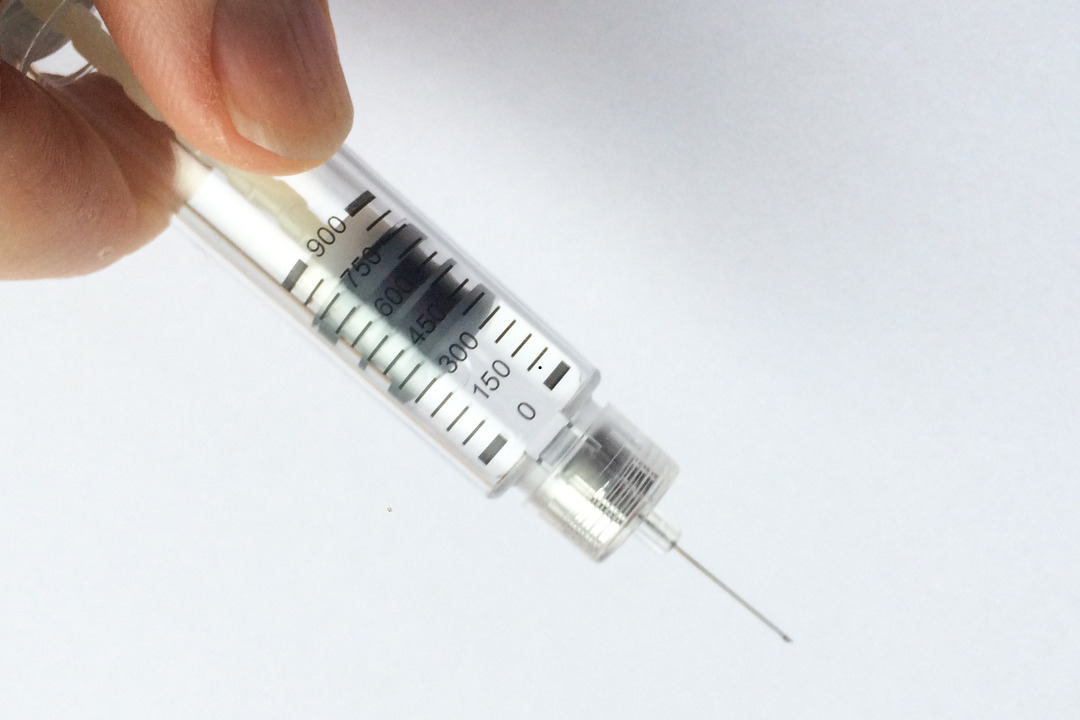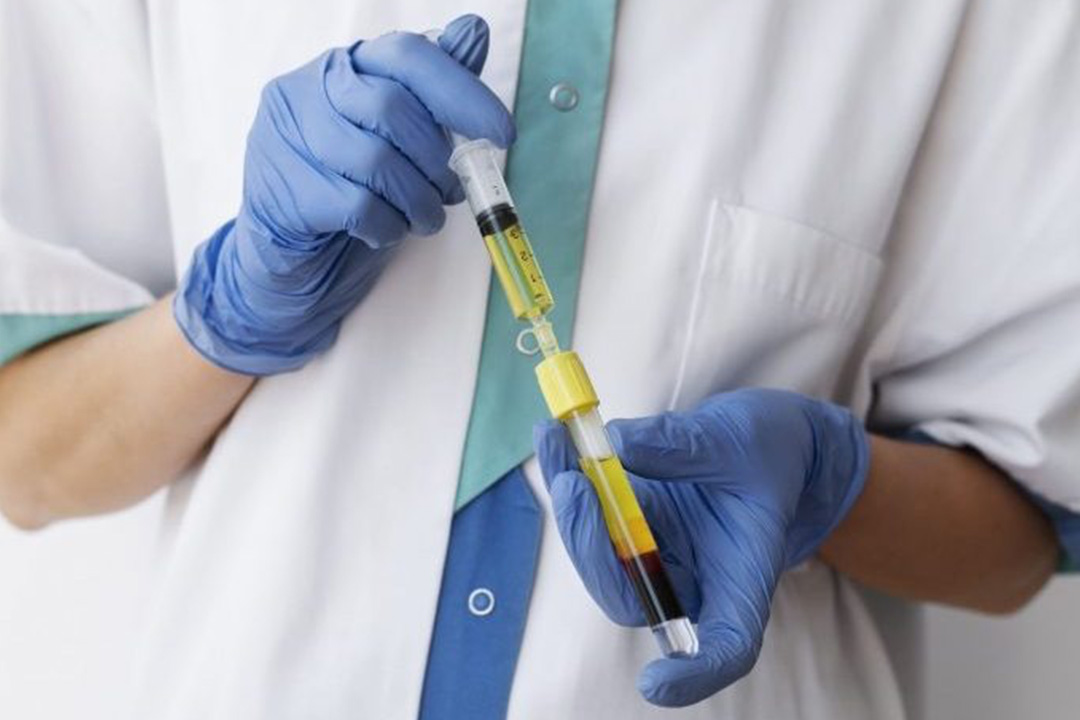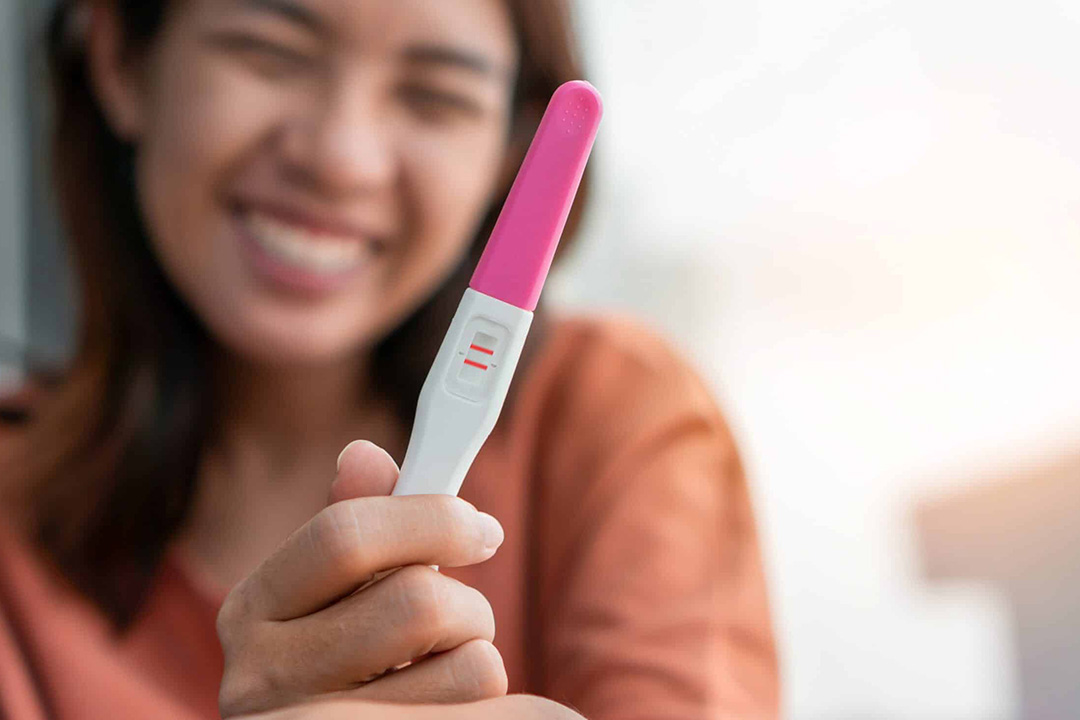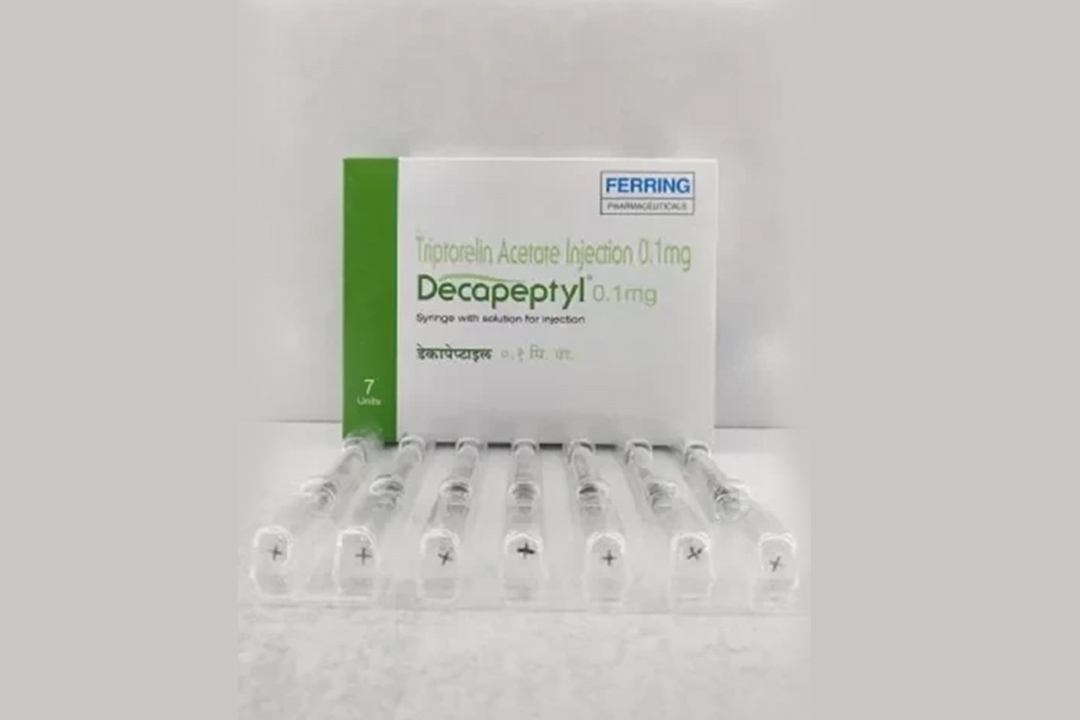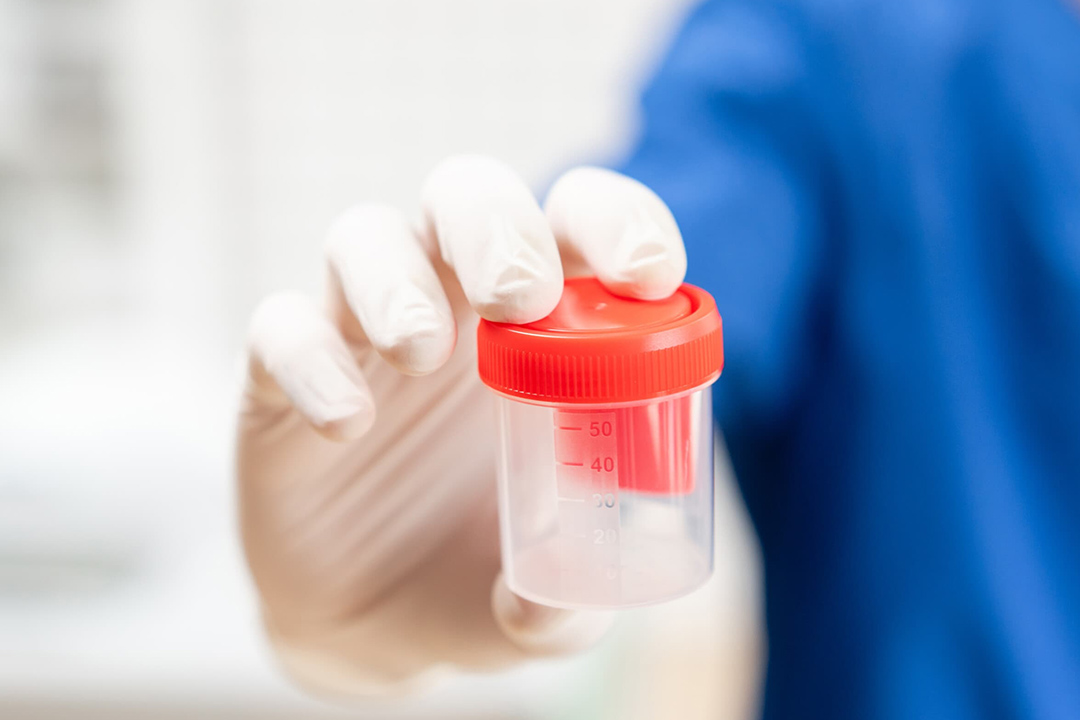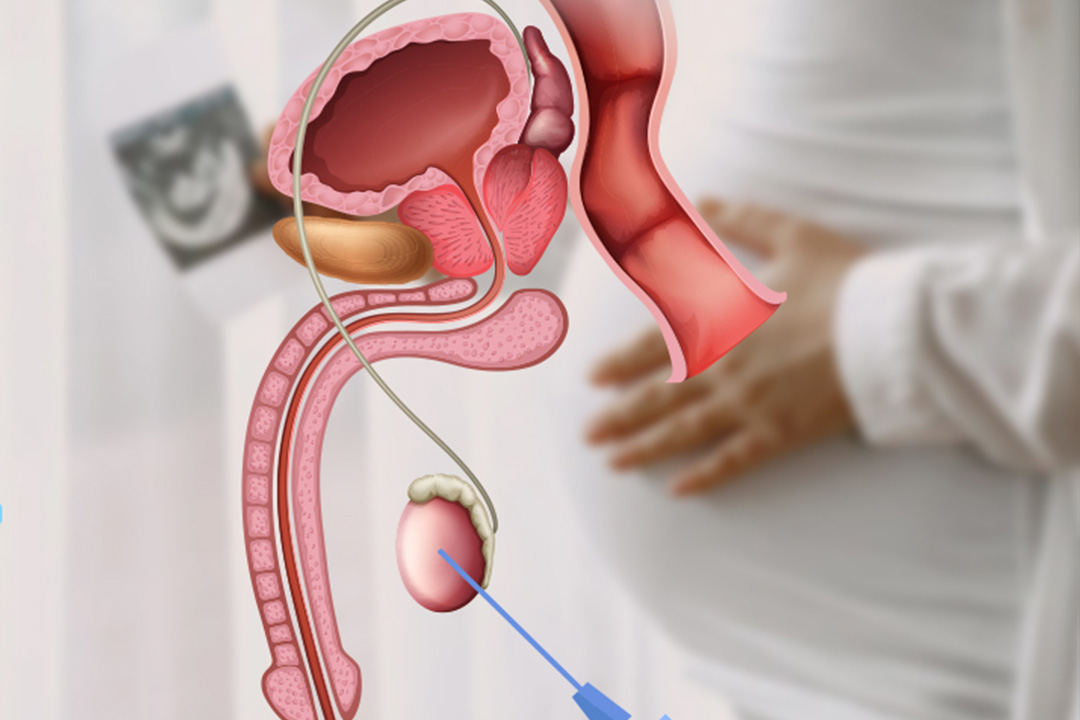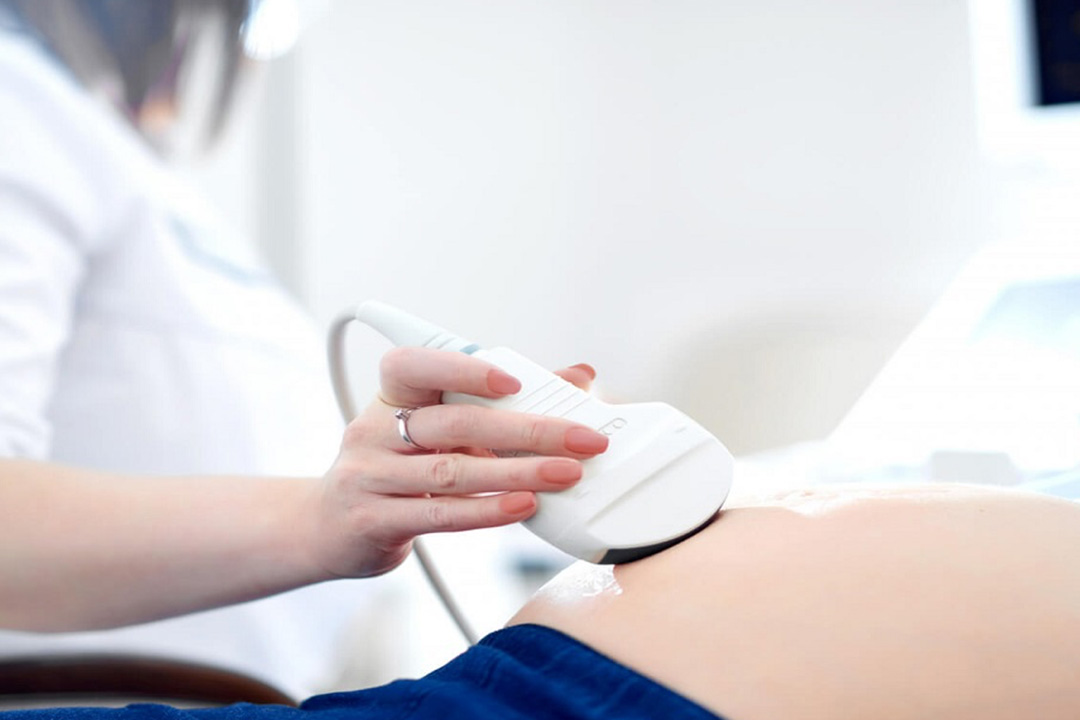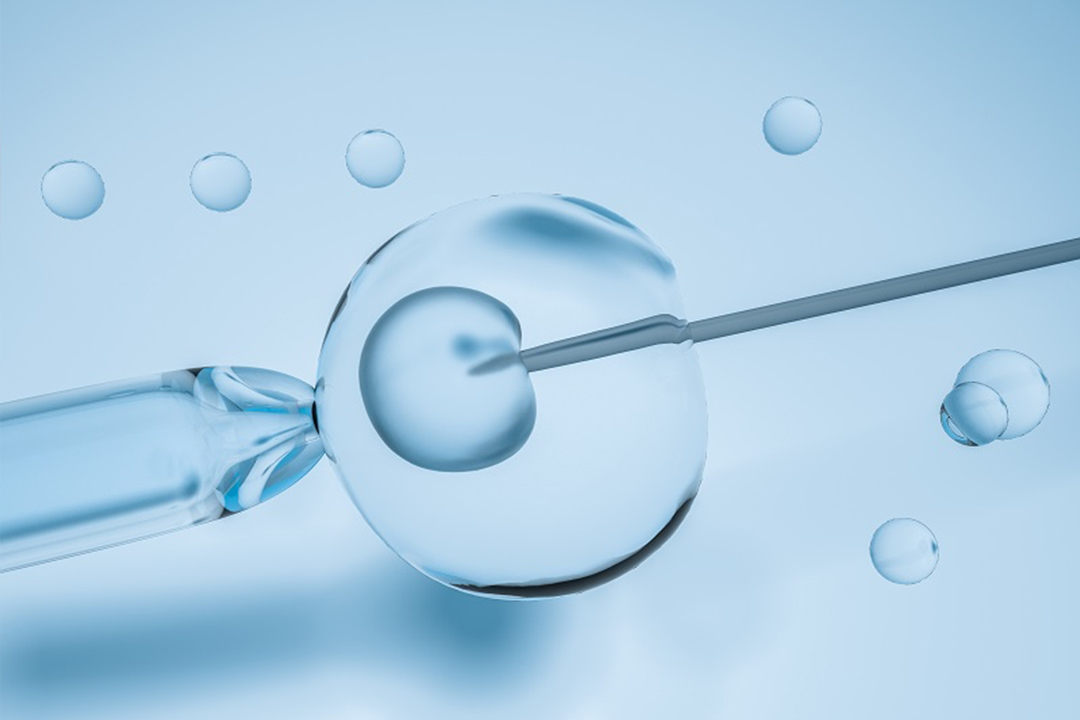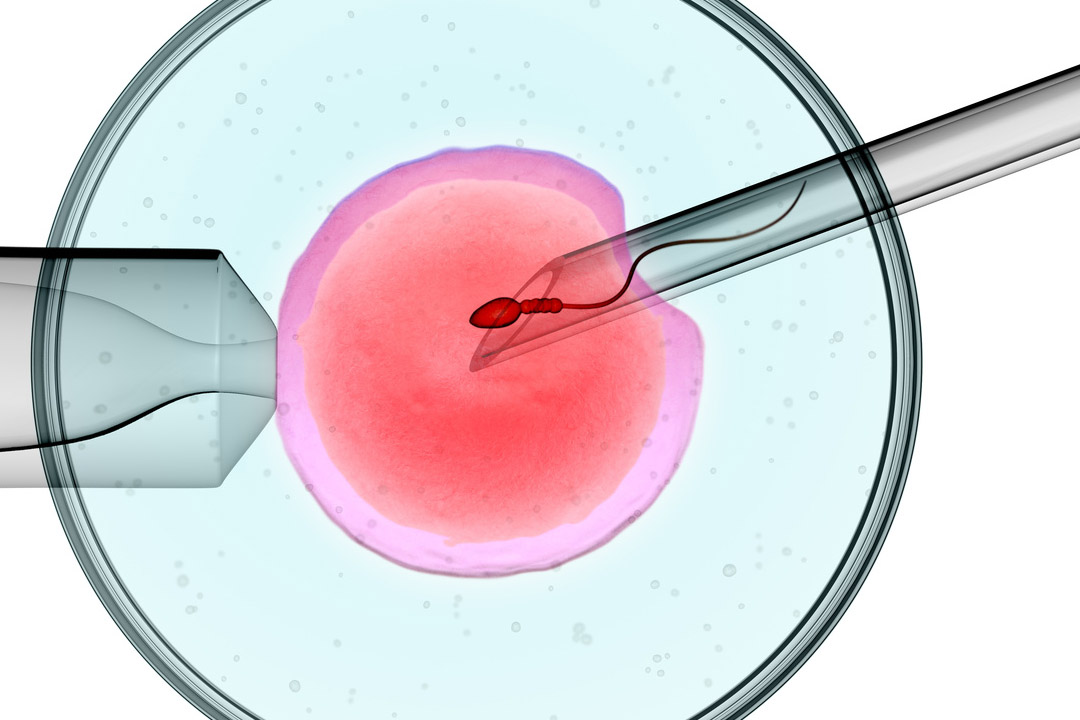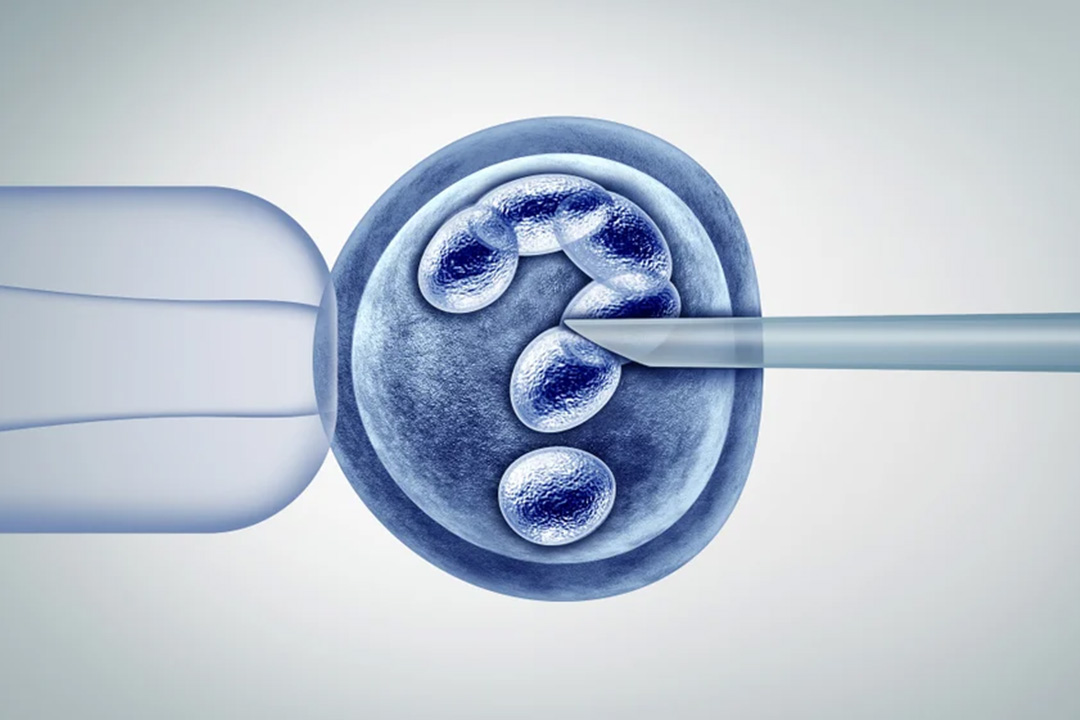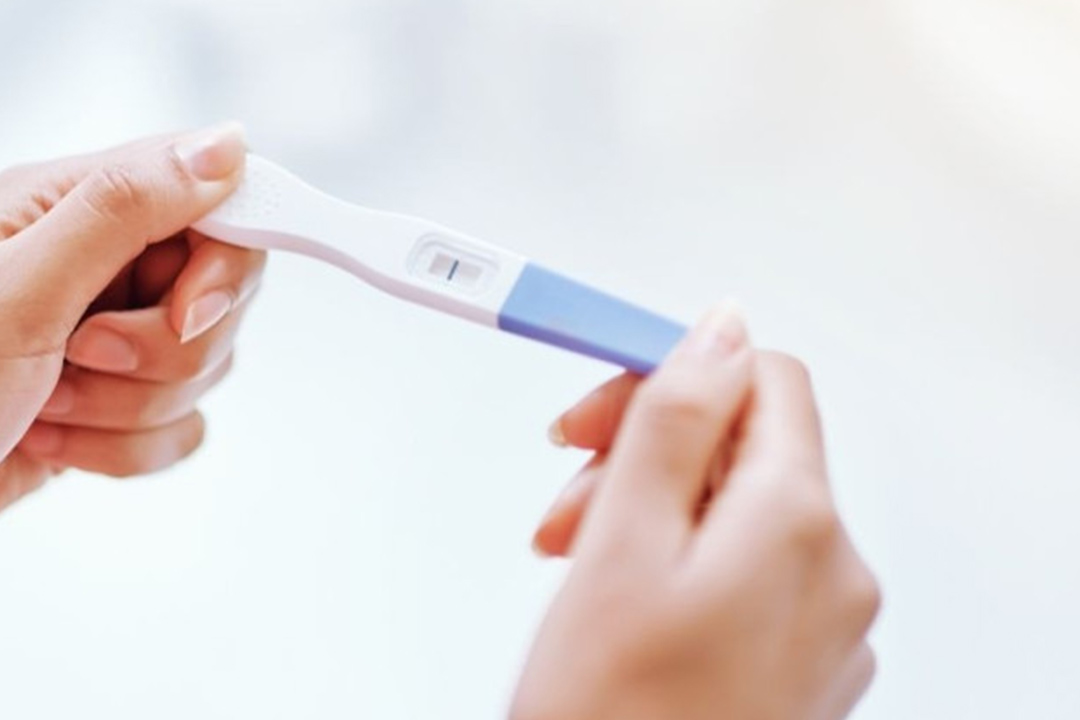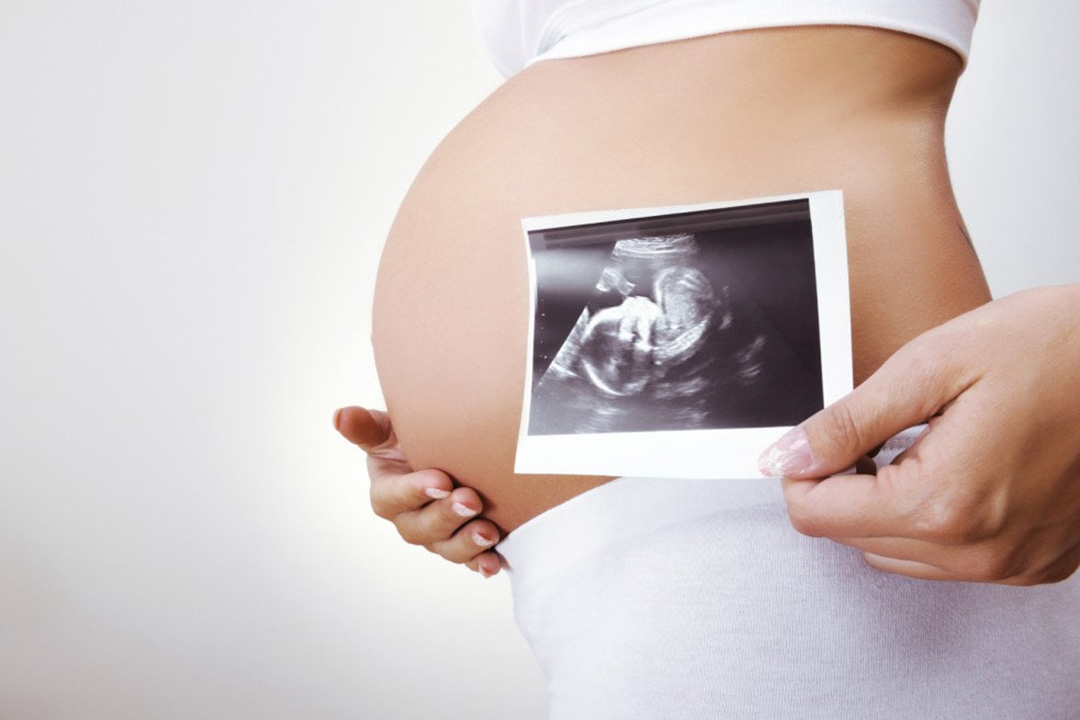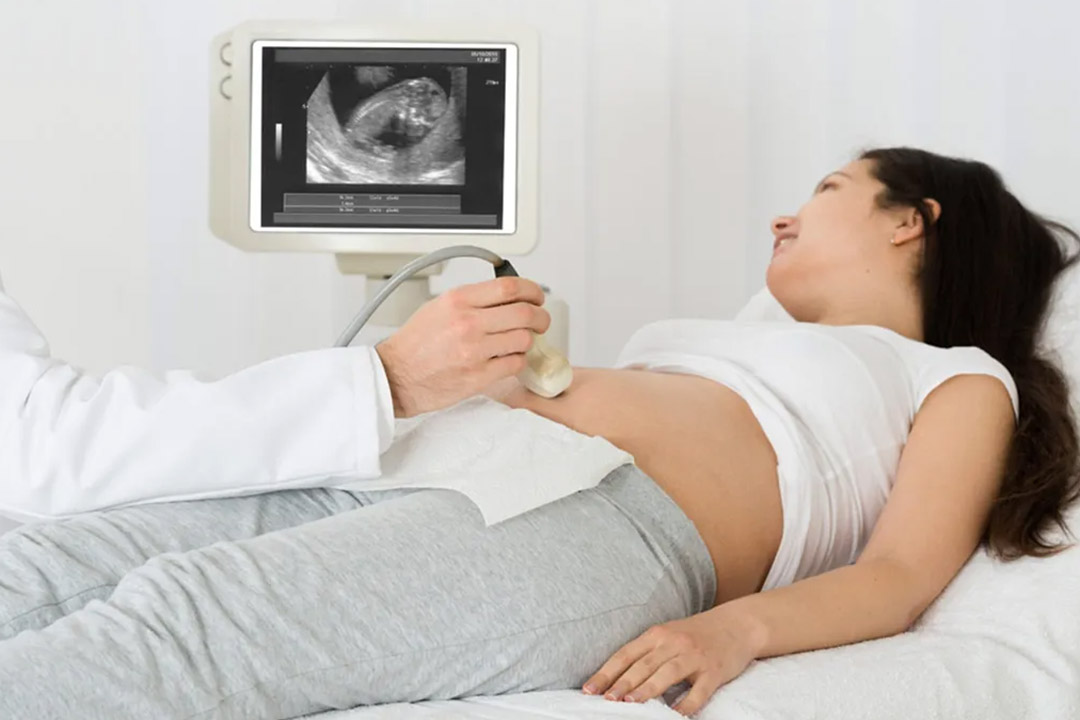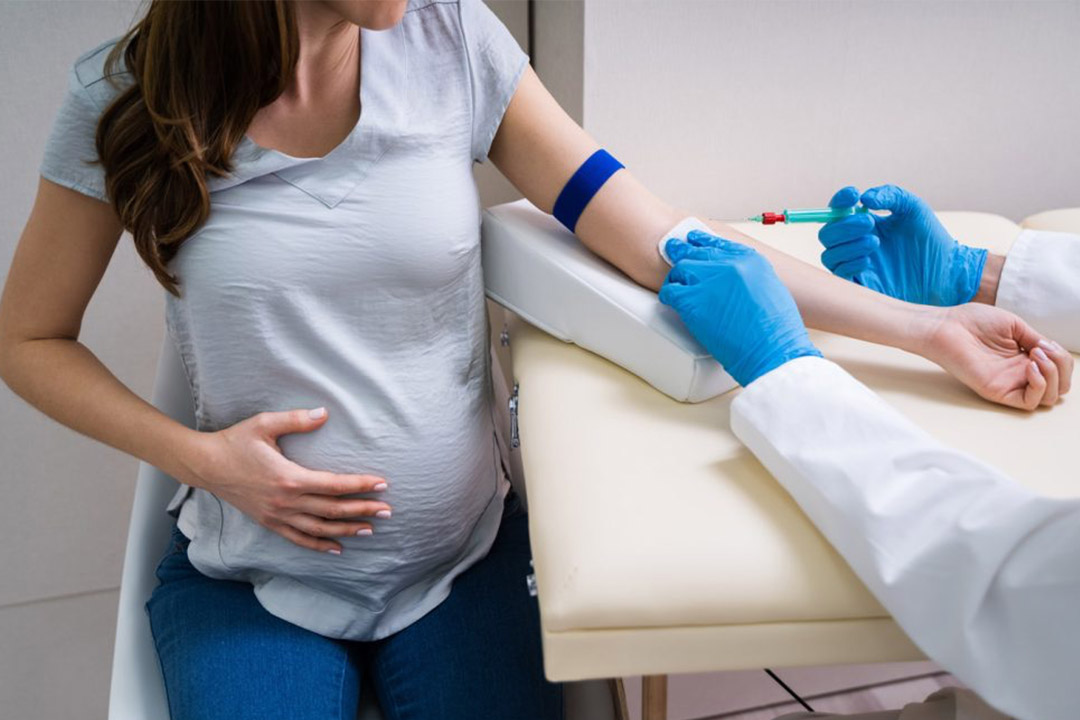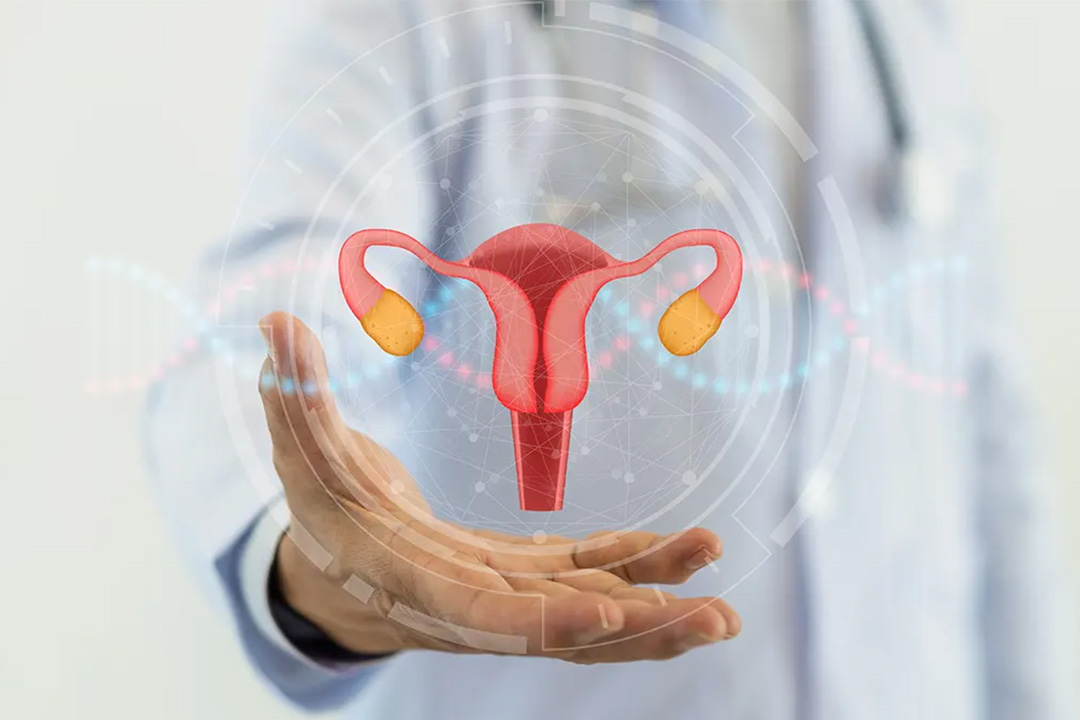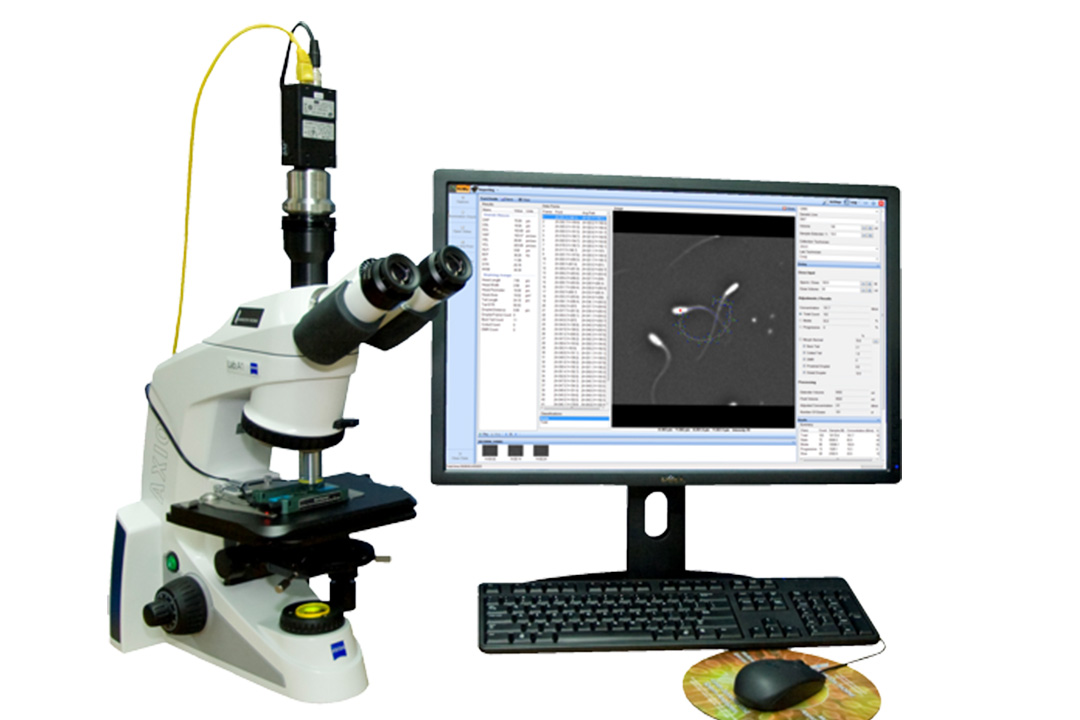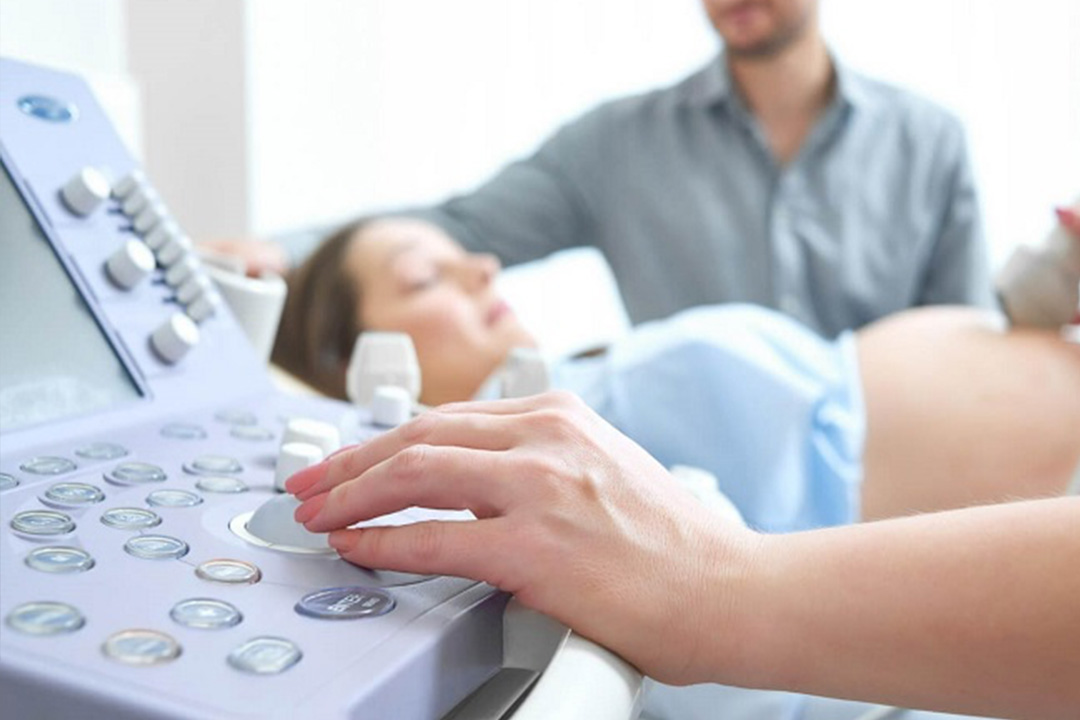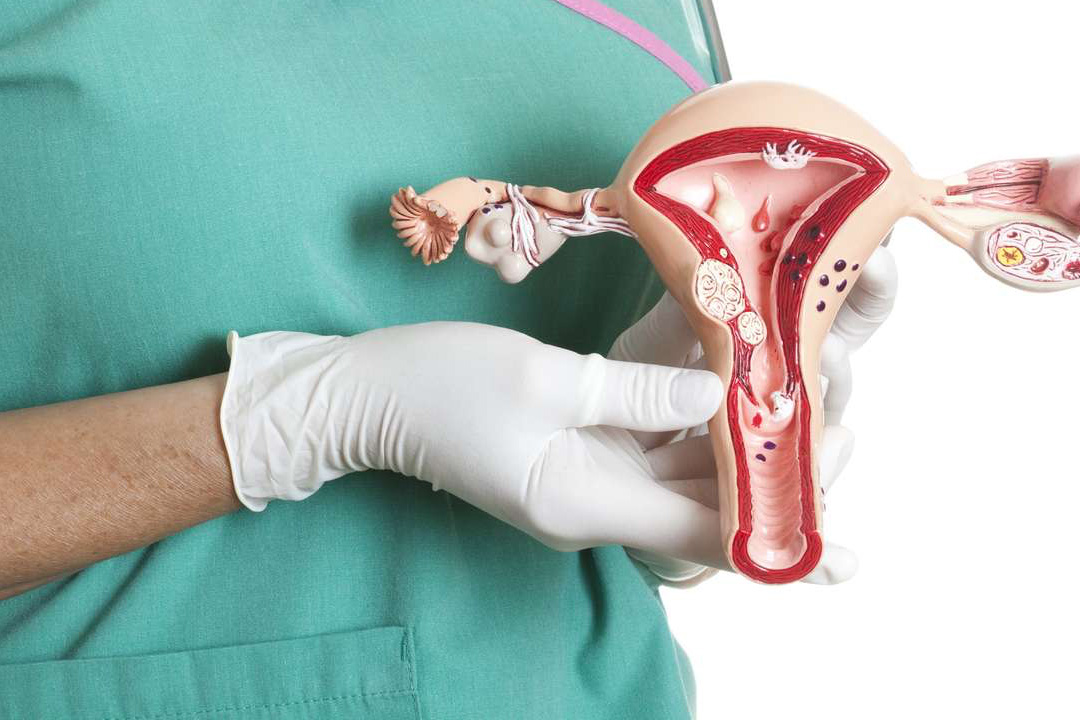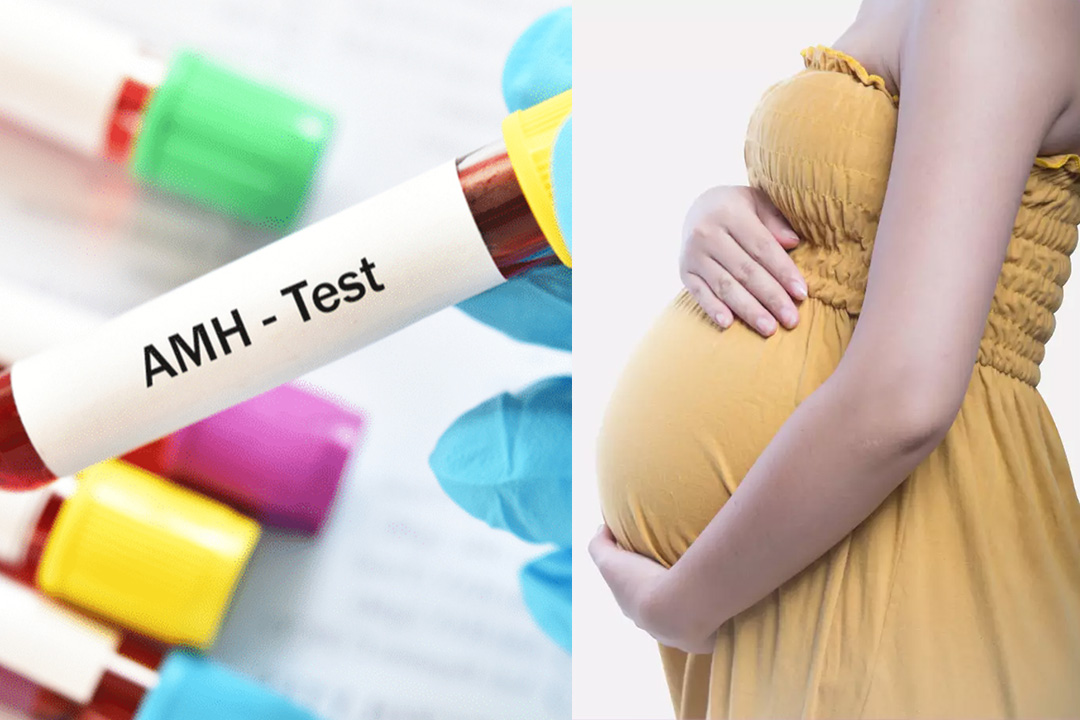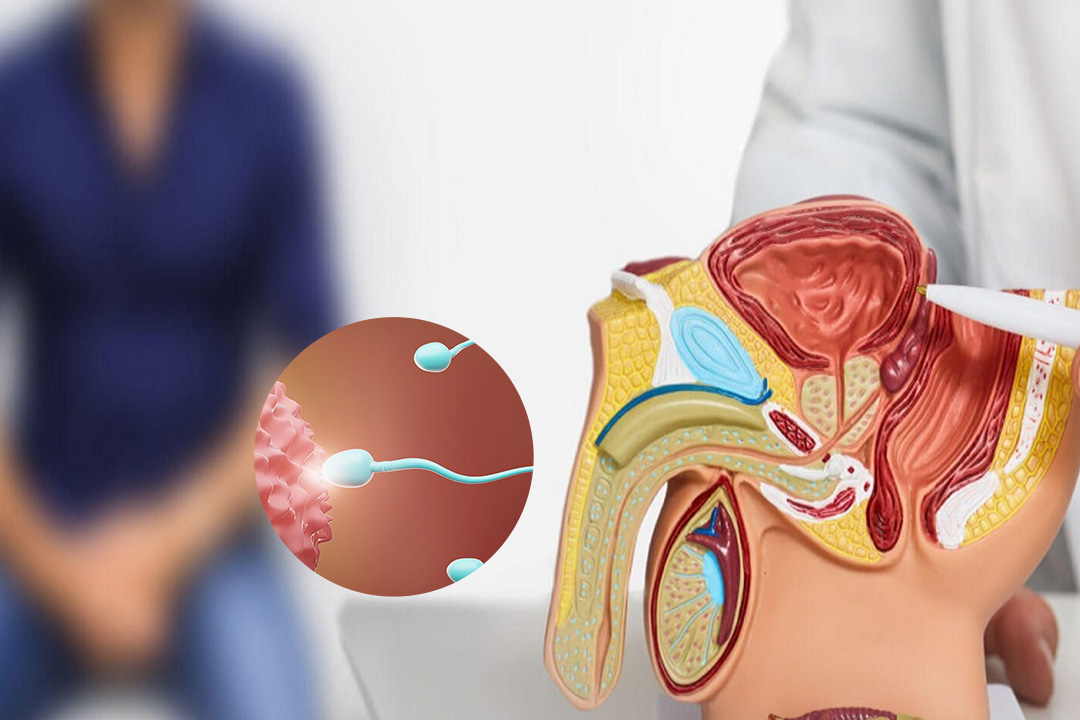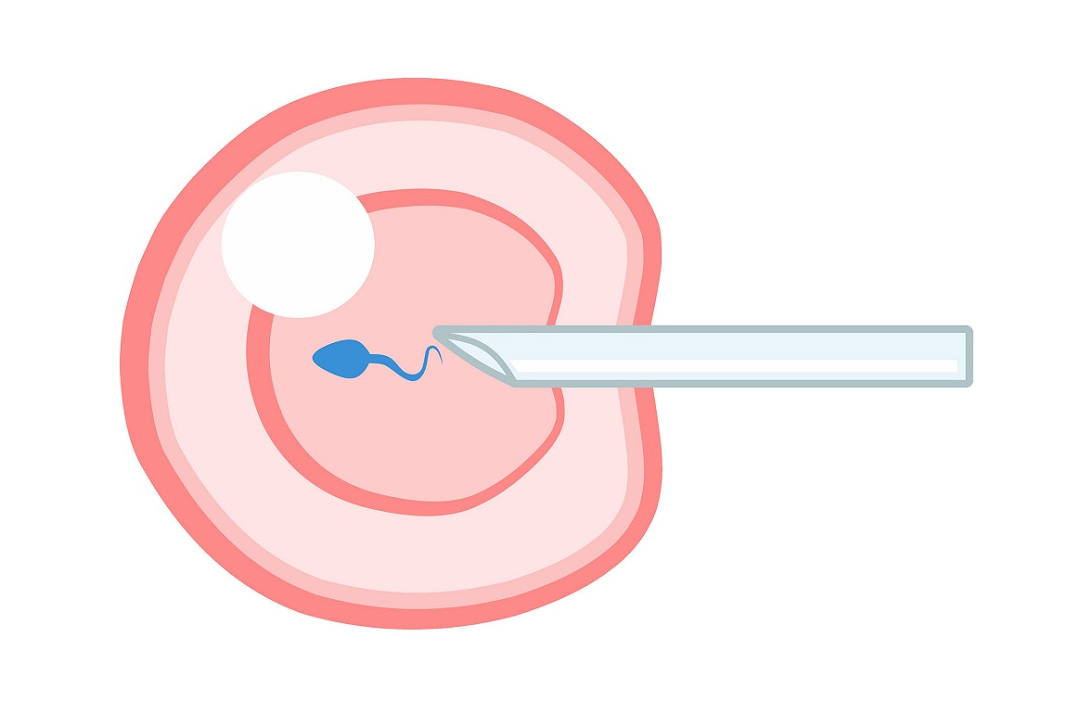How to Calculate Weeks in IVF Pregnancy?
Determining how many weeks you are into a pregnancy conceived through in vitro fertilization (IVF) can feel confusing. Unlike natural conception, IVF does not rely on the date of your last menstrual period (LMP), which is the usual starting point for counting pregnancy weeks.
Instead, IVF gives you clear milestones egg retrieval and embryo transfer that let you track your pregnancy timeline with precision. In this guide, we’ll walk you through the steps to calculate your gestational age after IVF, explain why IVF calculators matter, and offer tips to help you monitor your pregnancy progress.
Why IVF Pregnancies Need a Special Calculator
When you conceive naturally, your doctor typically estimates your due date by counting from the first day of your last period. That method assumes ovulation happened about two weeks later. In IVF, however, you know exactly when eggs were retrieved and embryos transferred.
Since those dates replace the “last period” reference, you need a tool that factors in IVF steps. IVF calculators use your treatment dates either egg retrieval or embryo transfer, to give you an accurate count of pregnancy weeks and an estimated due date.
Benefits of Using an IVF Calculator
- Accuracy: By using concrete IVF milestones, you avoid guesswork and get exact dates.
- Planning: Knowing your gestational age helps you schedule scans, blood tests, and prenatal visits at the right times.
- Peace of Mind: IVF often comes with extra anxiety. Tracking your progress clearly can reduce stress and help you feel more in control.
Key Dates in an IVF Cycle
Before diving into week calculations, let’s review the major steps of an IVF cycle:
Ovarian Stimulation:
You take medications to encourage your ovaries to produce multiple eggs.
Egg Retrieval (Fertilization Date):
A minor surgical procedure removes eggs from your ovaries. These eggs are then fertilized with sperm in the lab—this marks “day 0” of embryonic development.
Embryo Culture:
Lab technicians watch the fertilized eggs develop for either 3 days (cleavage stage) or 5 days (blastocyst stage).
Embryo Transfer:
On day 3 or day 5, the healthiest embryo(s) is placed into your uterus.
Pregnancy Test:
About two weeks after transfer, a blood test confirms whether implantation succeeded.
These dates provide the timeline needed to calculate your gestational age accurately.
How Gestational Age Is Defined
Gestational Age (GA) is the number of weeks since the start of the pregnancy, measured from a reference point. Embryonic/Fetal Age is the age of the embryo or fetus from fertilization (egg retrieval day), which is usually about two weeks less than gestational age.
In natural conception, gestational age = days since LMP. In IVF, gestational age = days since retrieval + 14 days. The extra 14 days account for the two-week gap between LMP and ovulation.
Calculating Weeks Based on Egg Retrieval
If you prefer using your egg retrieval date, follow these steps:
Note the Retrieval Date This is “fertilization day” or “embryo age day 0.”
Add 38 Weeks (266 Days) A full-term pregnancy counts as approximately 266 days (38 weeks) from fertilization.
Convert to Gestational Age Since gestational age counts from LMP, add 14 days to the fertilization date.
- Formula: Retrieval Date + 266 days = Estimated Due Date
- Formula: Retrieval Date + 14 days = Gestational Age Day 0
By the time of your pregnancy test (around Retrieval + 14 days), your gestational age will read about 4 weeks.
Calculating Weeks Based on Embryo Transfer
Most IVF centers use embryo transfer dates to calculate gestational age, especially for home-tracked pregnancies. Here’s how to do it for 3-day and 5-day transfers.
1. Five‑Day Embryo Transfer
Step 1: Record the day‑5 transfer date.
Step 2: Add 261 days (37 weeks + 2 days) to find your due date.
Step 3: To get gestational age at transfer, count the embryo’s age (5 days) plus the two-week buffer:
Transfer Day = Gestational Age 19 days (2 weeks + 5 days)
From that point on, you simply count calendar weeks as with any other pregnancy.
2. Three‑Day Embryo Transfer
Step 1: Record the day‑3 transfer date.
Step 2: Add 263 days (37 weeks + 4 days) to estimate your due date.
Step 3: At transfer, your embryo’s age is 3 days, so:
Transfer Day = Gestational Age 17 days (2 weeks + 3 days)
Again, after transfer, you follow a standard calendar to track your weekly progress.
Example Calculations
Let’s look at real‑life examples to make this concrete.
Example 1: Day‑5 Transfer
Transfer Date: July 1
Embryo Age: 5 days
Gestational Age at Transfer: July 1 = 2 weeks + 5 days = GA 19 days
Due Date: July 1 + 261 days = March 19 next year
Why Implantation Date Matters
In IVF, implantation generally occurs 1–3 days after a day‑3 transfer or 1–2 days after a day‑5 transfer. Some IVF calculators let you enter an estimated implantation window to refine early pregnancy dating. Knowing your likely implantation date can help you interpret early pregnancy symptoms and schedule the first ultrasound at the ideal time (around GA 6–8 weeks).
Tracking Twin or Multiple Pregnancies
When more than one embryo implants, pregnancy dating still follows the same formulas. However, twins often develop slightly differently and may require earlier or more frequent monitoring. If you have a multiple pregnancy, tell your care team so they can adjust scan timing and screen for twin‑specific concerns such as twin‑twin transfusion syndrome.
Using an Online IVF Calculator
Many fertility websites and apps offer free IVF calculators. These tools ask for:
- Type of transfer (day 3 or day 5)
- Transfer date
- Number of embryos transferred (for twin or higher‑order multiples)
Once you input these details, the calculator instantly provides:
- Current gestational age
- Estimated due date
- Key milestones (first trimester blood test, nuchal scan, anatomy scan, etc.)
Using an online calculator saves manual counting and ensures consistent tracking.
Common Questions About IVF Dating
What if I forget my exact transfer date?
Your fertility clinic keeps detailed records. Contact them for the precise date before relying on any calculator.
Can I use my home pregnancy test date?
A positive test only confirms pregnancy around GA 4 weeks. For accurate age, use embryo transfer or retrieval dates.
Does IVF change pregnancy length?
No. Pregnancy still lasts about 40 weeks from LMP (or 38 weeks from fertilization), regardless of conception method.
Planning Prenatal Care
Once you’ve calculated your gestational age, you can plan your prenatal schedule:
- GA 6–8 Weeks: First ultrasound to confirm heartbeat and date.
- GA 10–13 Weeks: Nuchal translucency scan and blood tests for Down syndrome screening.
- GA 18–22 Weeks: Anatomy scan to check baby’s development.
- GA 24–28 Weeks: Glucose screening and anemia check.
- GA 28–36 Weeks: Group B strep test, growth scans as needed.
- GA 36–40 Weeks: Weekly visits to monitor baby’s position and your health.
An accurate due date helps you and your care team plan these visits at the right times.
Conclusion
Calculating pregnancy weeks after IVF relies on known milestones egg retrieval and embryo transfer instead of a last menstrual period. You can determine your gestational age and due date with accuracy by adding the correct number of days for a 3‑day or 5‑day transfer.
Online IVF calculators simplify this process, but you can also use the formulas outlined above. With clear tracking, you’ll reduce uncertainty, stay on top of prenatal appointments, and approach each trimester informed and prepared.
About Us
AKsigen IVF is a premier center for advanced fertility treatments, with renowned fertility experts on our team. Specializing in IVF, ICSI, egg freezing, and other cutting-edge reproductive technologies, AKsigen IVF is committed to helping couples achieve their dream of parenthood. With personalized care and a patient-first approach, AKsigen IVF provides comprehensive fertility solutions under one roof.








